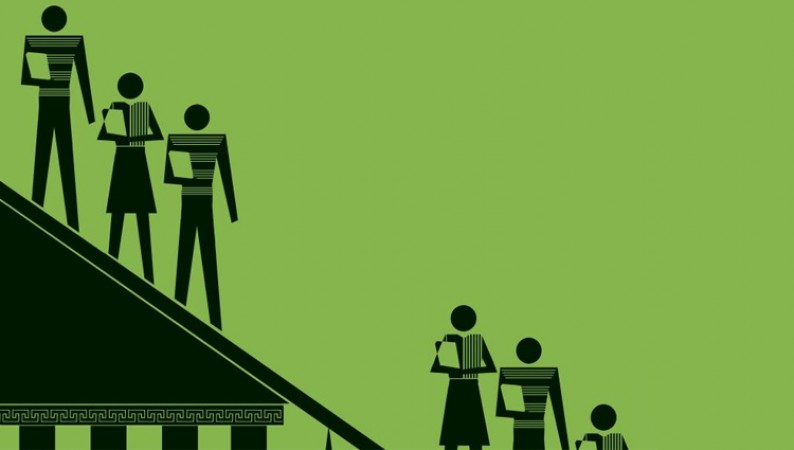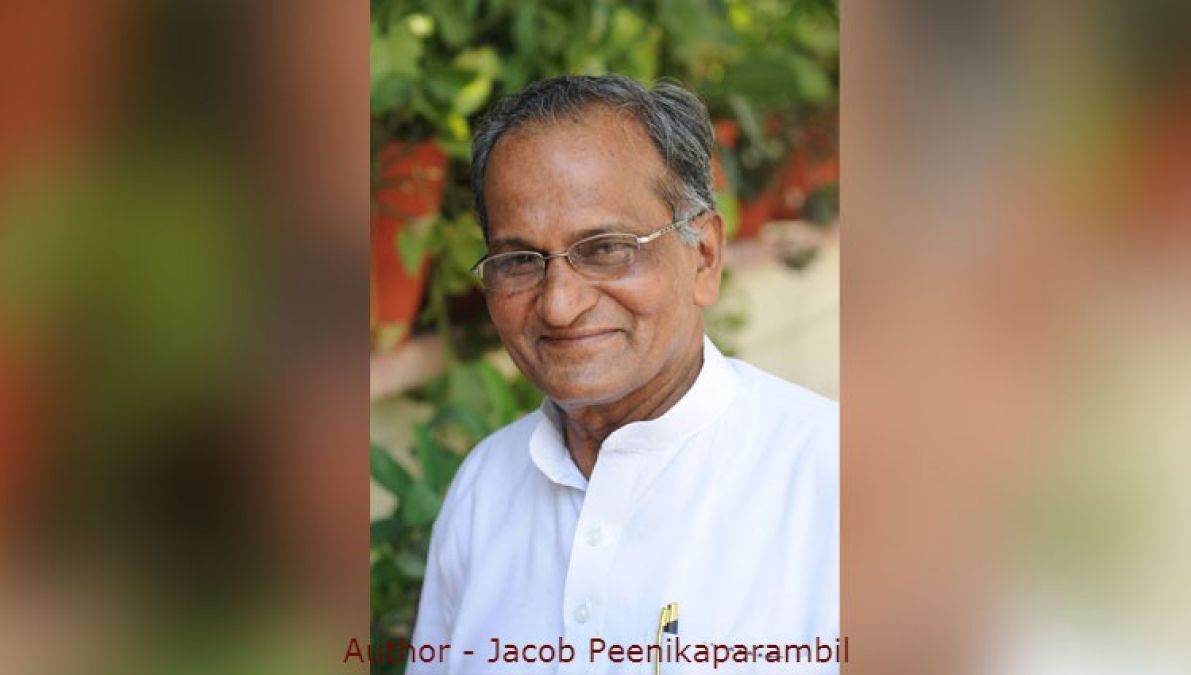
JACOB PEENIKAPARAMBIL - Education is one of the most affected sectors in India due to Covid 19. Educational institutions, especially schools, are the last to be opened. Even now in most of the States, only class X and XII are opened and that too because of the board exams. It is not sure whether the schools will be reopened and will start functioning normally in the current academic year. It is completely a new normal as the students are concerned.

The pandemic Covid 19 has exposed the serious weaknesses of Indian education system. A study report of UNICEF published in August 2020 states that only 24% of the households in India have access to the internet, besides a large rural-urban and gender divide. The report clearly says that the children from economically disadvantaged families cannot access remote learning. “Students, especially girls, from most marginalized communities do not have easy access to smart phones, and even if they do, internet connectivity is poor and quality education content is often not available in vernacular languages”.
According to the report, 1.5 million schools with 286 million children were closed in India due to the pandemic. Only one fourth of the total school children could make use of learning through the platforms of internet, radio or television.
The basic problem with the Indian education is inequality and a dual system of education. On one hand there are some good quality private schools catering to the rich and the middle class and on the other hand large numbers of government schools and poor quality private schools serve the poor. The government schools in most of the states suffer from a lot of maladies like lack of trained teachers, absence of basic infrastructure, teacher absenteeism and poor monitoring and supervision. Often the teachers of government schools are burdened with tasks other than teaching like conducting surveys, election duty etc. Covid 19 has exposed the glaring inequality in education. This inequality in education perpetuates and enlarges the social, economic and political inequalities in the Indian society.
Dr. Amartya Sen and Dr. Jean Dreze in their book, ‘An Uncertain Glory: India and its contradictions’ have pointed out that a large section of Indian society is the victim of multiple inequalities. “It can be seen that the same people, often enough, are poor in income and wealth, suffer from illiteracy and bad schooling, work hard for little remuneration, have little influence on the administration of the country, lack social and economic opportunities that would allow them move forward and are treated with brutal callousness by the class conscious police”. The millions of migrant labourers, who walked hundreds of kilometers to reach their villages during the Covid 19 induced lockdown, belong to this category of people. Quality education is the most effective means to liberate people from the clutches of multiple inequalities. Unfortunately, the present education system denies this opportunity to them.